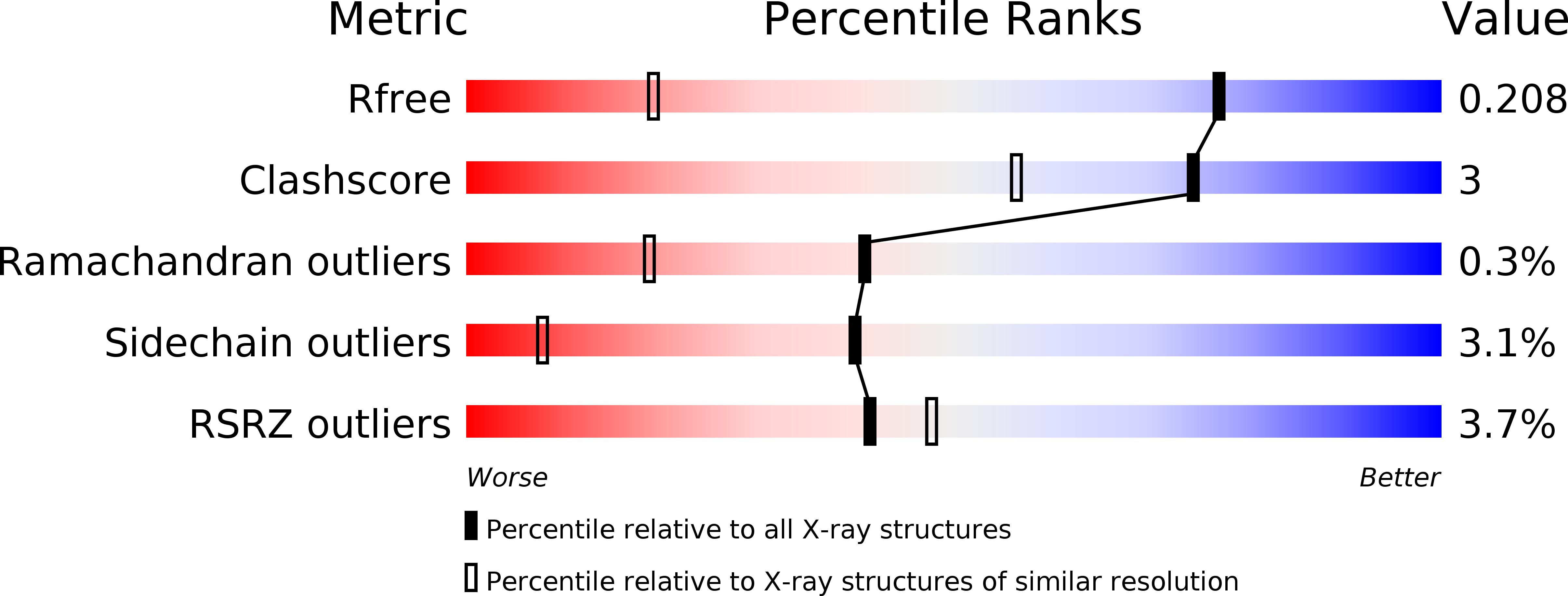
Deposition Date
2008-04-21
Release Date
2009-04-07
Last Version Date
2023-11-01
Entry Detail
PDB ID:
2ZMX
Keywords:
Title:
Crystal structure of the met1-form of the copper-bound tyrosinase in complex with a caddie protein from Streptomyces castaneoglobisporus obtained by soaking in cupric sulfate solution for 36 hours
Biological Source:
Source Organism:
Streptomyces castaneoglobisporus (Taxon ID: 79261)
Host Organism:
Method Details:
Experimental Method:
Resolution:
1.33 Å
R-Value Free:
0.21
R-Value Work:
0.17
R-Value Observed:
0.17
Space Group:
P 21 21 2


